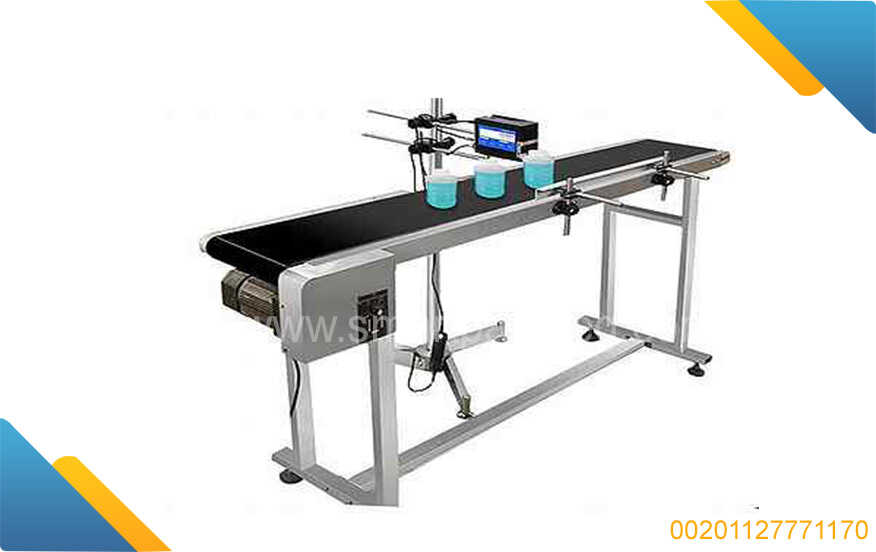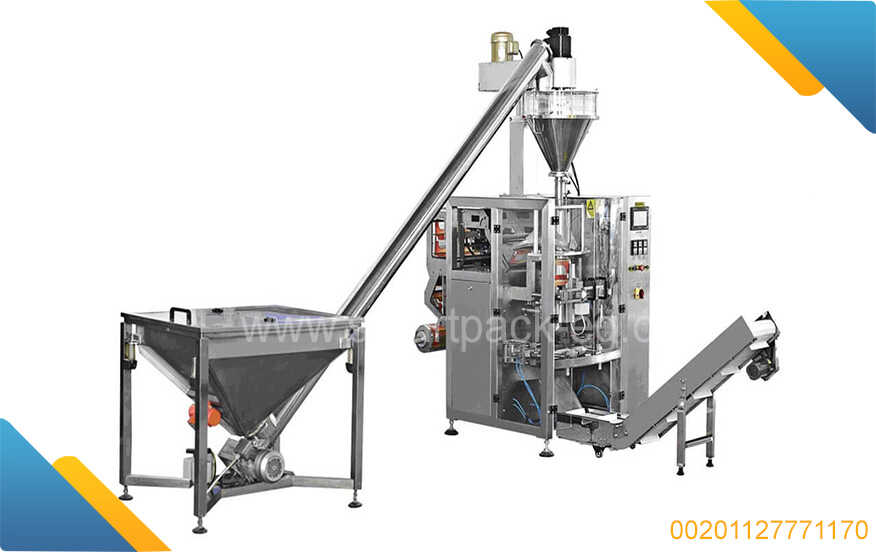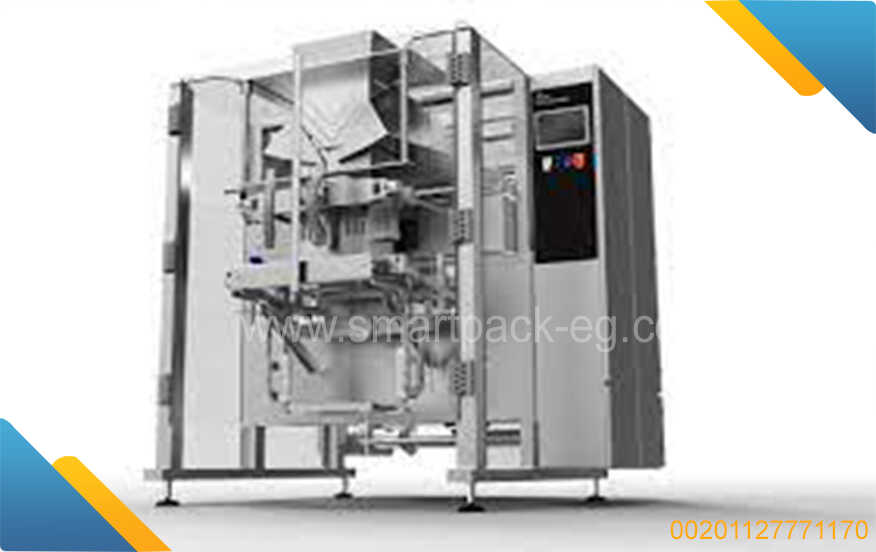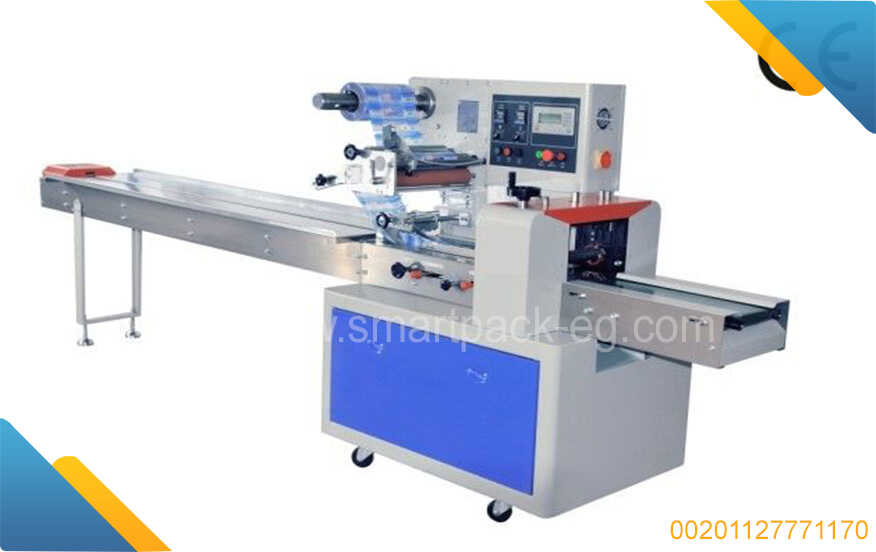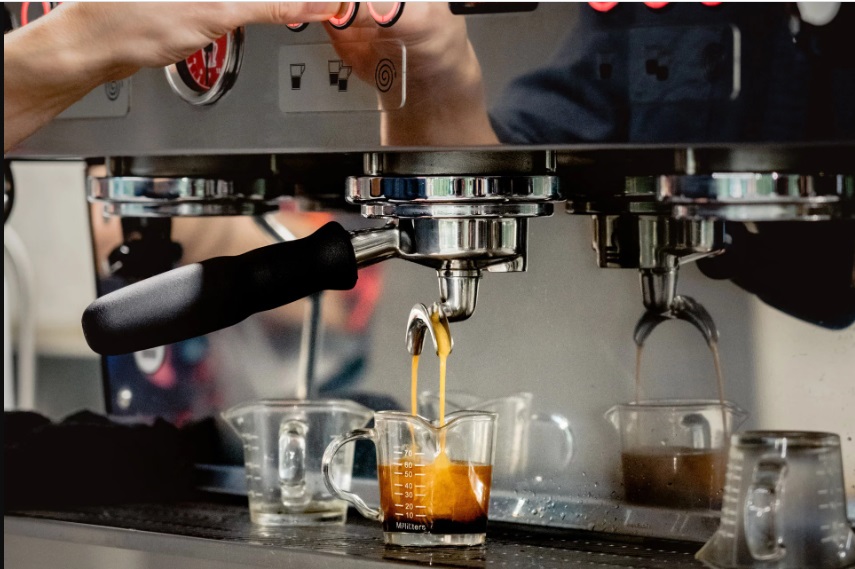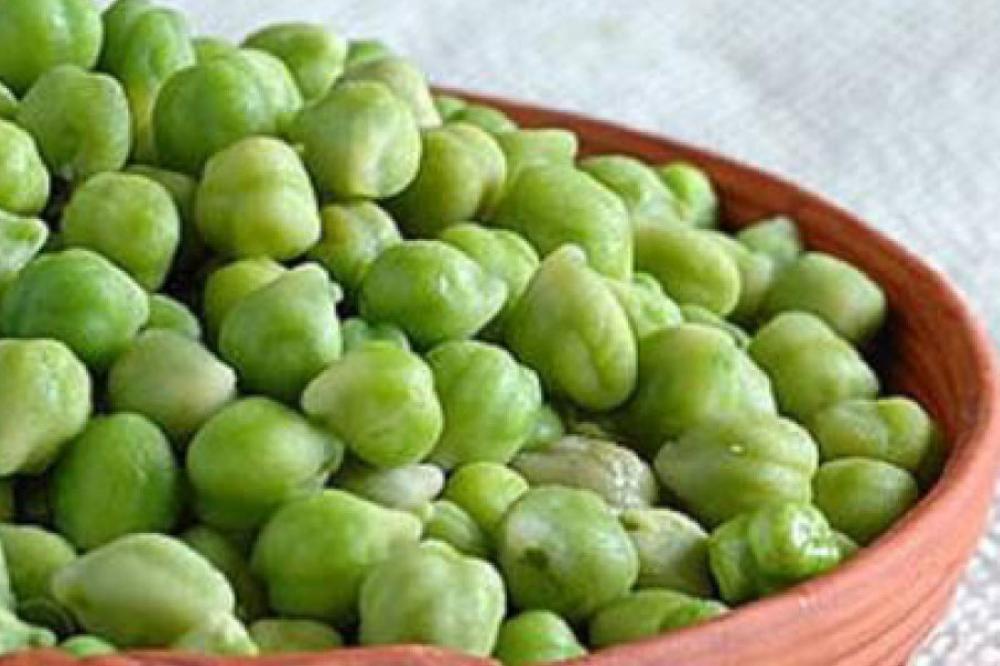Title: A Comprehensive Guide to Pasta Production Line and Packaging Machines in Egypt
Introduction:
Welcome to this comprehensive guide on pasta production line and packaging machines in Egypt. In this guide, I will provide you with an overview of the production process and the essential equipment used in the pasta industry. From dough mixing to packaging, we will explore the different stages involved in manufacturing quality pasta products. So, let's get started!
I. Pasta Production Line:
The pasta production line comprises several key stages, each contributing to the final product's taste, texture, and quality. Here's a breakdown of the main steps:
-
Dough Mixing:
The first essential stage in pasta production is dough mixing. This process involves combining durum wheat flour, water, and sometimes eggs to create a consistent and elastic dough. A commercial dough mixer is used to ensure uniform mixing and proper hydration of all ingredients. -
Dough Kneading:
Once the dough is mixed, it needs to be kneaded thoroughly to develop its gluten structure. Kneading machines are utilized to achieve the desired elasticity and texture of the pasta dough. -
Extrusion:
Extrusion is a critical stage that determines the shape of the pasta. Pasta extruders, also known as pasta presses or sheeters, produce different types of pasta shapes by forcing the dough through specially designed molds or dies. -
Drying:
After extrusion, the pasta undergoes a drying process to remove excess moisture and increase its shelf life. Industrial pasta dryers provide controlled conditions of heat and airflow for efficient drying. The drying time varies depending on factors like pasta shape and desired consistency. -
Cooling:
Once dried, the pasta is cooled before further processing or packaging. Cooling machines rapidly reduce the temperature of the dried pasta, stabilizing it for subsequent handling.
II. Packaging Machines:
Packaging plays a crucial role in preserving the quality and extending the shelf life of pasta products. The following equipment is commonly used in the packaging process:
-
Weighing and Filling:
Accurate portioning and weighing machines ensure consistent weights and quantities of pasta products. These machines can be equipped with multi-head weighers or volumetric filling systems, depending on the product's characteristics and packaging requirements. -
Bagging Machines:
Bagging machines are used to package the pasta into various types of bags, such as pillow bags or stand-up pouches. These machines can be fully automated, including the bag filling, sealing, and labeling processes. -
Vacuum Packaging:
Vacuum packaging machines remove air from the packaging to create a vacuum seal, helping to preserve the freshness and quality of the pasta for an extended period. This method is particularly suitable for long-term storage and distribution. -
Cartoning Machines:
In cases where multiple packages need to be grouped together, cartoning machines are employed. These machines efficiently assemble, load, and seal cartons that contain pre-packaged pasta products.
Conclusion:
The production line and packaging machines involved in pasta manufacturing in Egypt contribute significantly to high-quality pasta products. From dough mixing to packaging, each stage requires specialized machinery to streamline the process and enhance efficiency. By understanding the various steps and the equipment involved, you are now equipped with valuable knowledge for setting up or optimizing a pasta production line in Egypt. Happy pasta-making!

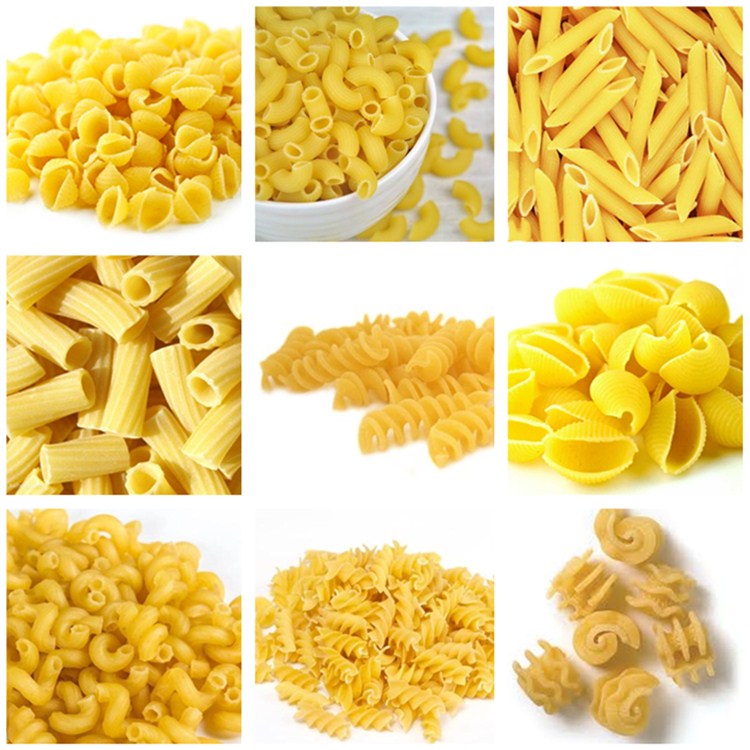
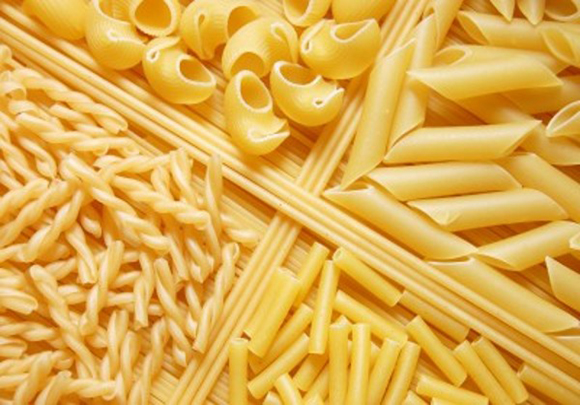
 Admin
Admin 